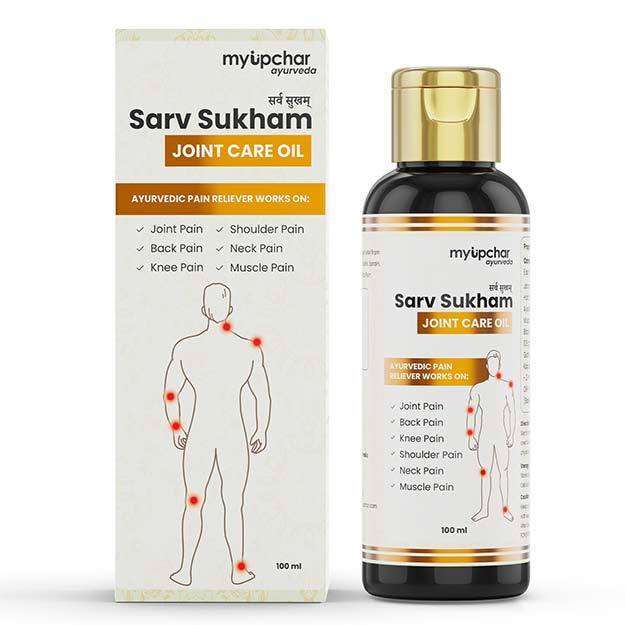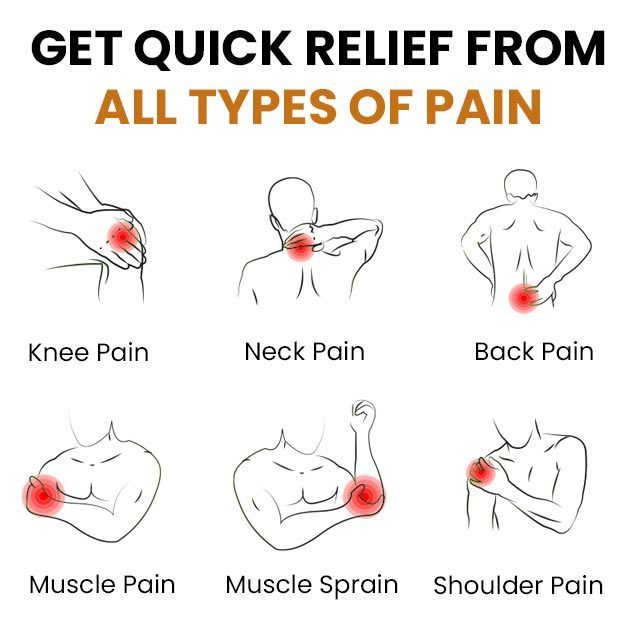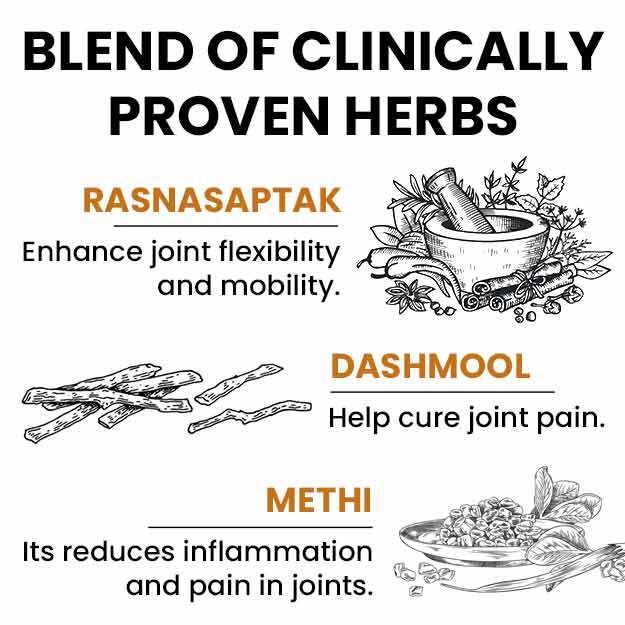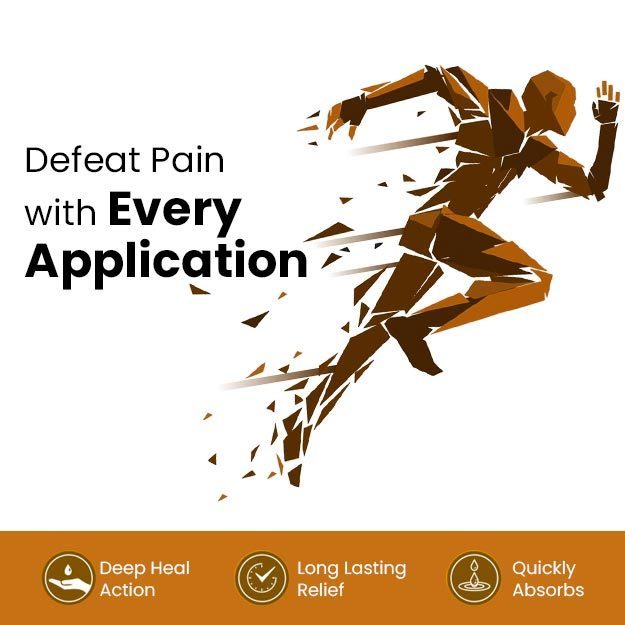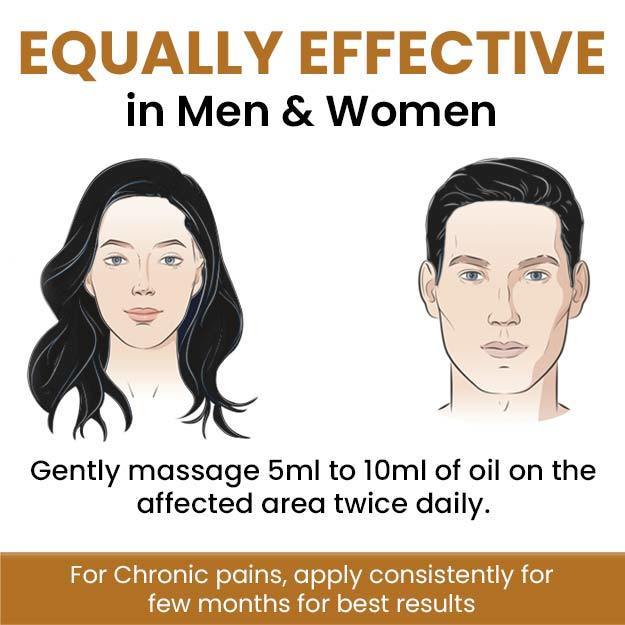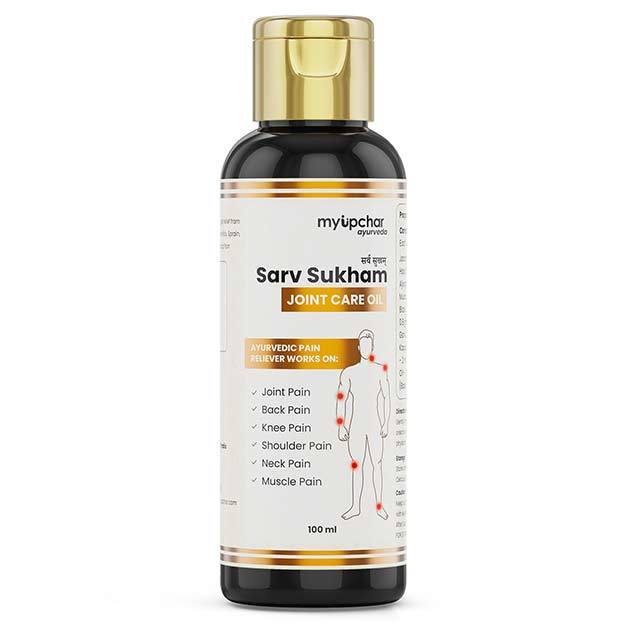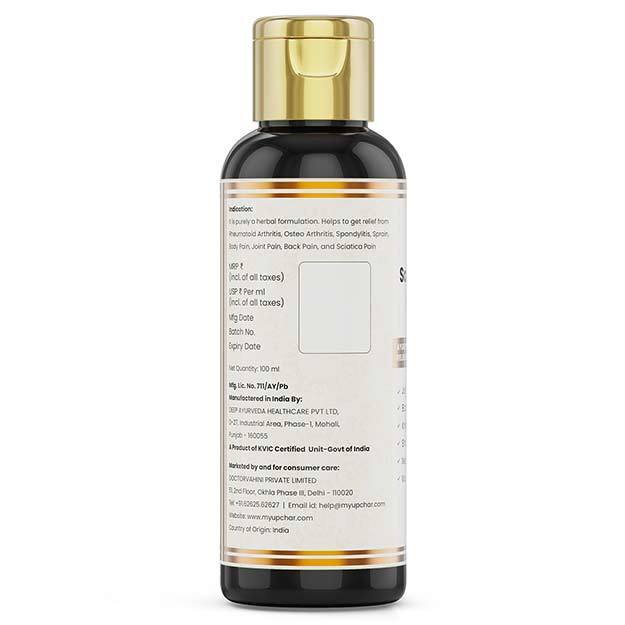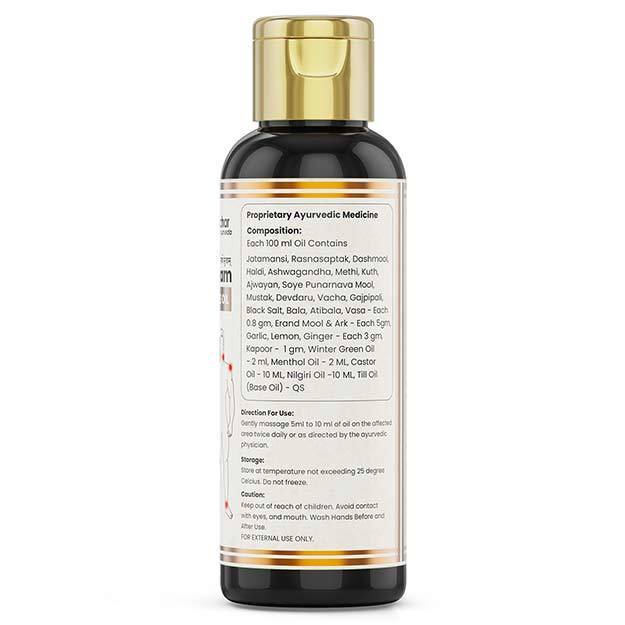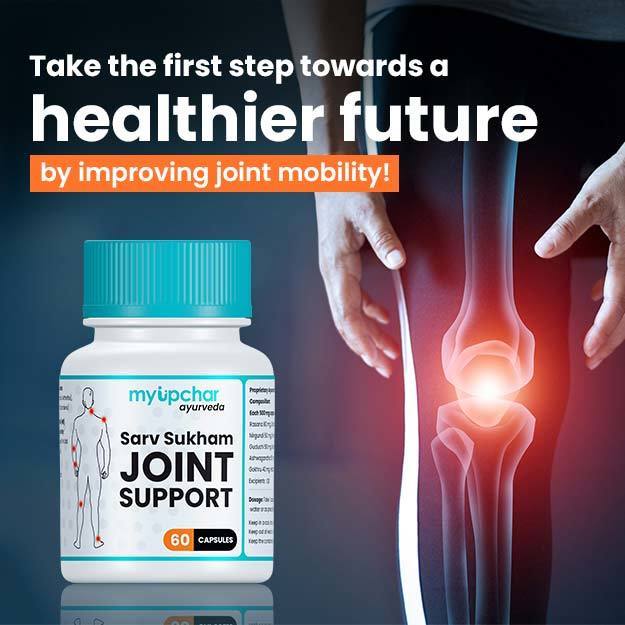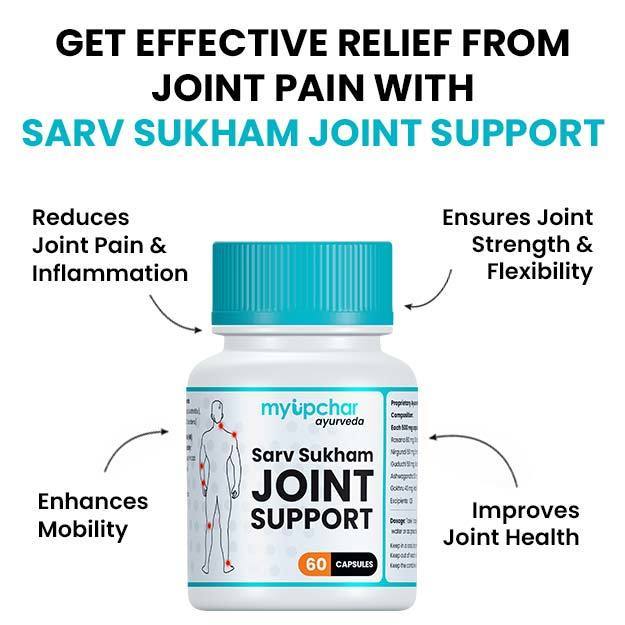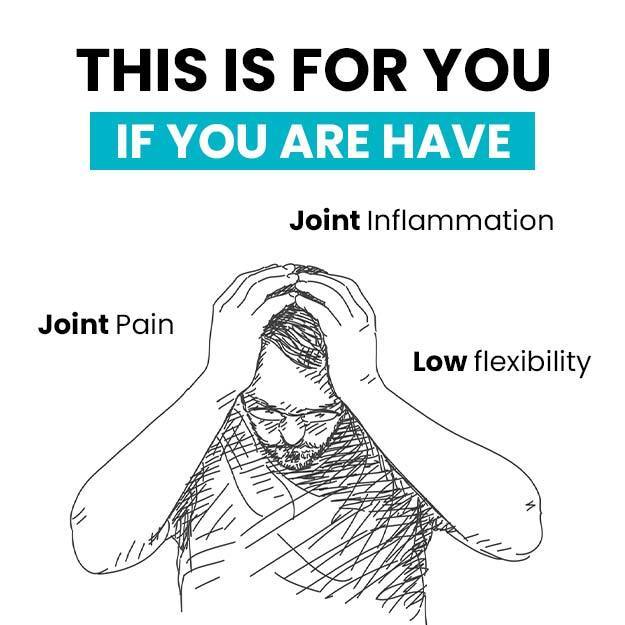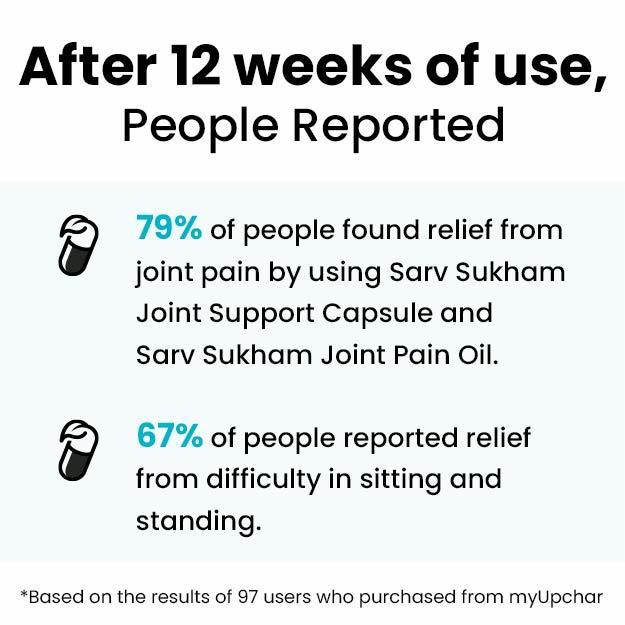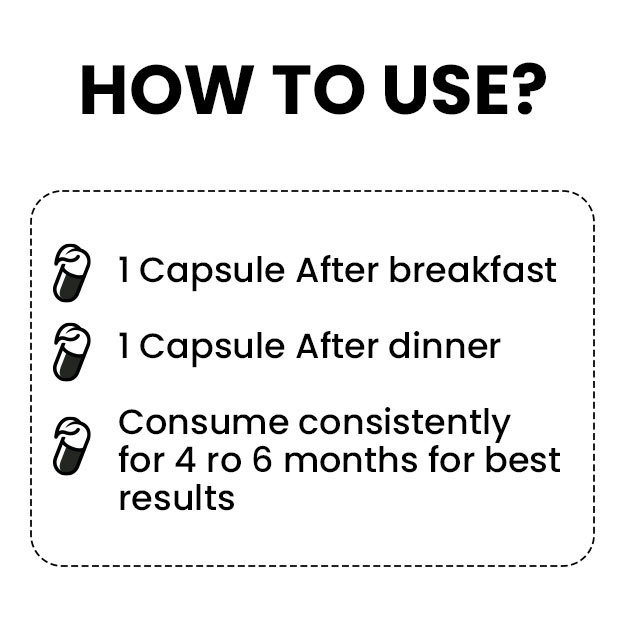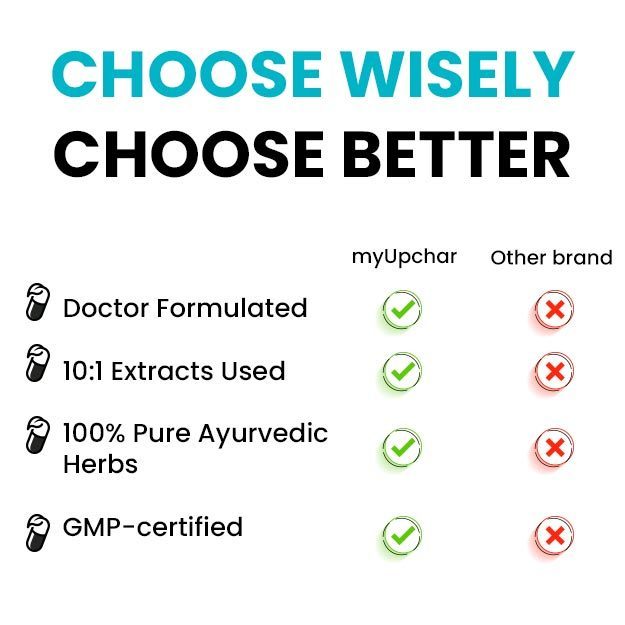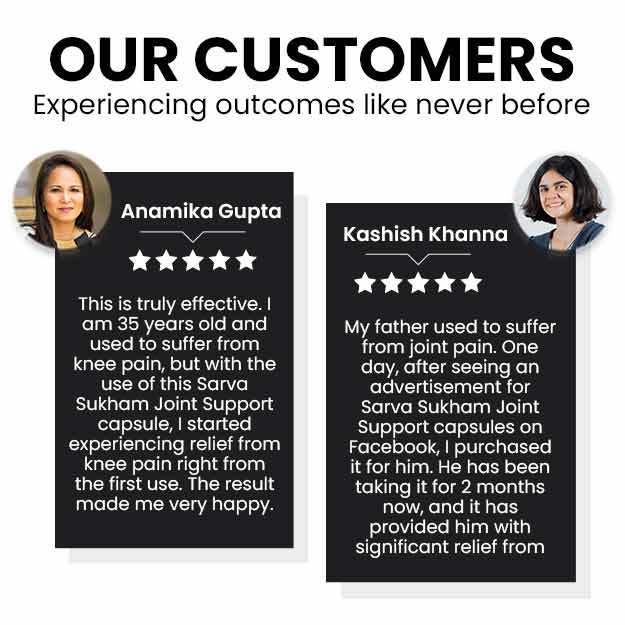What is a Bone Density test?
Bone density test, also known as dual-energy X-ray absorptiometry (DEXA), is an advanced method of X-ray technology used to measure bone loss. It is the standard test for measuring bone mineral density. The procedure uses a small dose of ionising radiation for producing images of the lumbar spine and hipbone. In children, the whole body may also be scanned. It is a simple, quick and noninvasive procedure to assess and diagnosis osteoporosis or other conditions that may lead to bone loss.
Previously, osteoporosis would be identified only after a fracture. This procedure provides more accurate information in such cases by calculating the risk of fractures in future.





